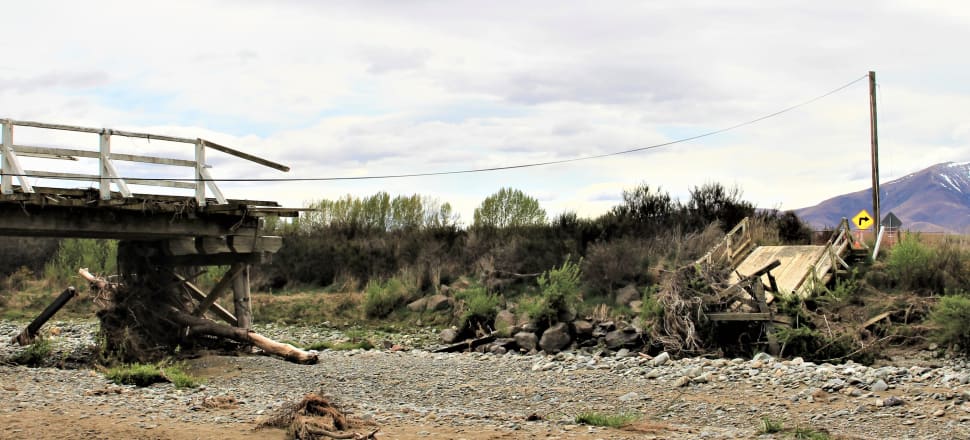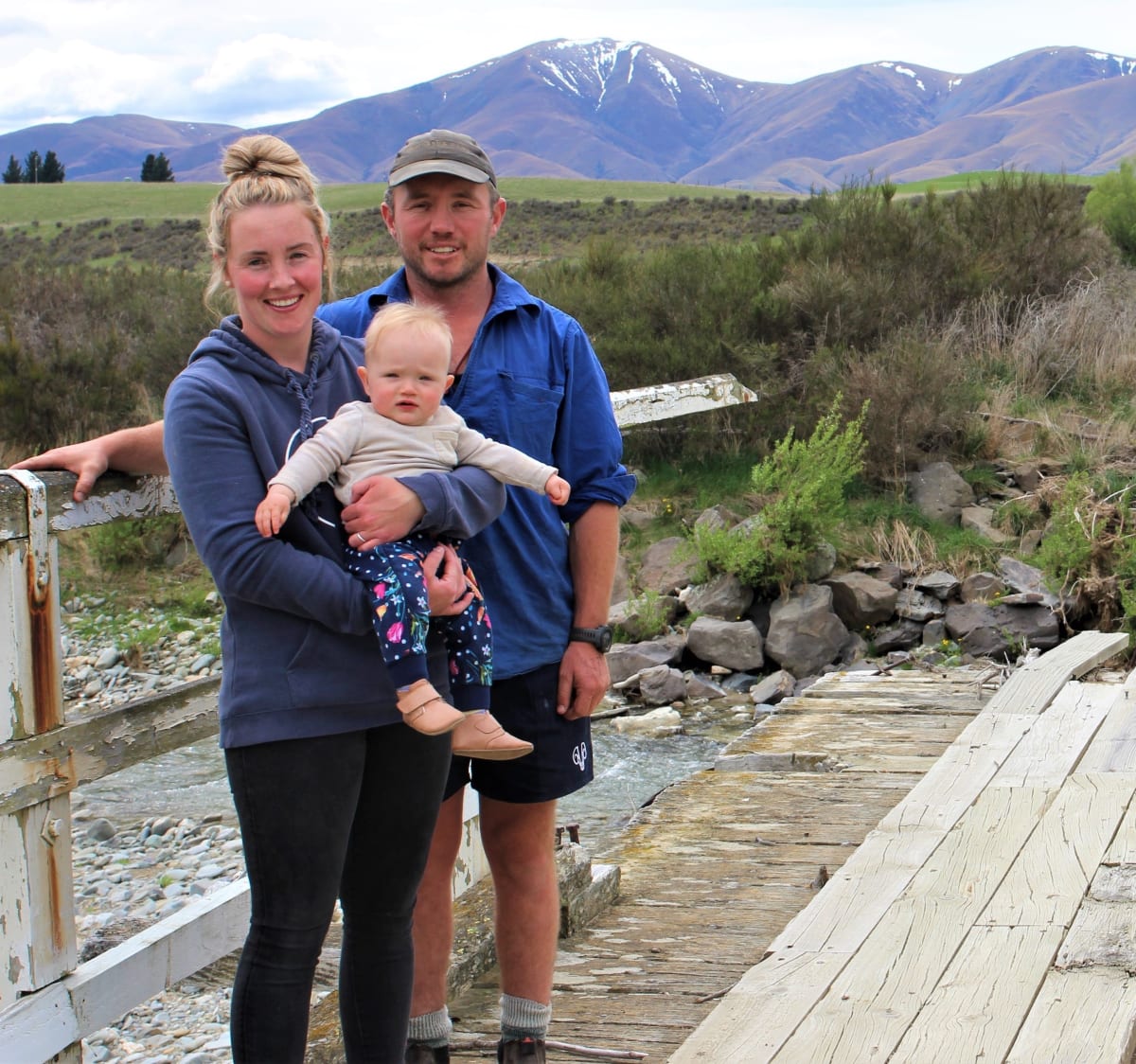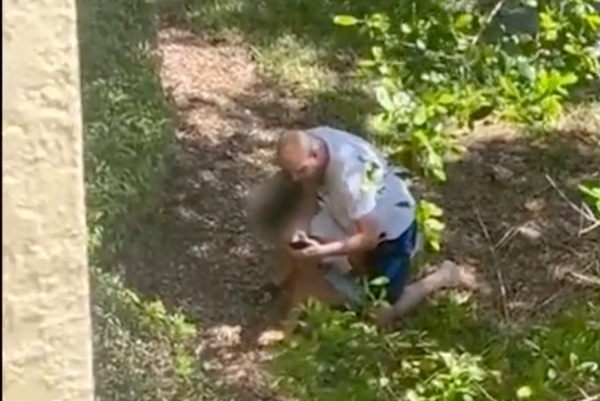
Motorists in one of the prime parts of the country for road-tripping tourists are increasingly having to detour around rickety or washed-out river crossings
With more than half of Central Otago’s 177 bridges needing either replacement or major repairs, the area marketed to visitors as “A World of Difference” is also becoming a world of detours.
The number of structures being closed or weight-restricted has been climbing steeply over the past 10 years to the frustration of farmers, truckies and residents trying to get from A to B.
In 2012 the Central Otago District Council set out to create a bridge strategy to tackle its ageing network. All structures were inspected and 35 later marked for replacement or repair.
Former council roading engineer Scott Graham told the Otago Daily Times in 2014 that the authority was facing a “bow wave” of bridges coming to the end of their useful lives.
Today another strategy is being penned: 72 bridges are now tagged for replacement and 30 for repairs. As time ticks by the cost of the work is forming its own bow wave, with prices rising for materials and services amid pressure from an increasing population.
The region is growing by about 3 percent a year and is home to 25,500 people. Roading, including bridges, is funded 49 percent by the council and 51 percent by Waka Kotahi NZ Transport Agency.
There are nearly 2000km of roads on the council’s books, roughly three-quarters of them unsealed.
When the council sought a funding increase from 2021-24, Waka Kotahi turned it down.
At present, money has been allocated for the replacement of just two bridges within the next 10 years - one at Omakau and another in Alexandra. Their combined cost will be about $8 million, according to council documents.
Disrupted lives
A story about bridges, however, is really one about people.
Every time Matt and Allanah Scott - or any of their neighbours near Kyeburn - hear rain on the roof they wonder if they’ll be able to get through the river the next day to playgroup, the shops, doctors’ appointments, do farm errands or just visit friends in Ranfurly.

For nearly two years the Scotts and eight other families - plus the postie, school bus, vets, visitors, emergency services and everyone else - have had to either ford the Kyeburn River or drive an extra 14km to get to or from Ranfurly.
It adds up, say the Scotts, who have two young children and run a 1500ha sheep and beef property: extra time and fuel, extra road-user charges and extra bloody annoying.
The bridge they previously used was old but still holding up okay before a flood in January 2021 finished it off. Since then it’s sat wrecked in the riverbed with broom and gorse now growing up through the broken timbers.
Built to last in about 1930 from hardwood, it had been heavily weight-restricted for at least five years but still provided safe passage for lighter daily traffic.
A build-up of weeds and gravel over decades had shortened the bridge’s life, Matt says. Its 84m span originally was clear and high, allowing any flood waters plenty of room to find a way through.
“It might have been a pretty big flood but the bridge should have been okay. It’s had a lot of water under it before in floods over the years. A willow tree came down, caught a heap of the broom and gorse and wrapped itself around the bridge. It created a dam effect and pushed all the water into one side and with the gravel build-up, instead of having four or five clear spans for water, you only three and half.”
According to Otago Regional Council engineering manager Michelle Mifflin, large debris had been cleared from the “fairway” area where the river normally flowed. But floodwaters sometimes overflowed from the fairway, uprooting trees and causing “unpredictable issues”.
Danger ahead
One predictable result of unreliable road access is delayed emergency response. Last weekend the Scotts’ neighbours had to wait a nervous extra 10 to 15 minutes for an ambulance to reach their unwell daughter.
The Scotts say no one likes to think what would happen if a property went up in flames.
“A fire truck wouldn’t go through that river because they couldn’t risk damaging the truck. Your house would be pretty much toast by the time they got here.”
Summer visitors often explore the area guided by GPS. When they get to where the bridge was, some retrace their route but others have a crack at getting through the crossing.
The Scotts are disappointed council inaction is not just affecting people’s livelihoods and safety but also fails to maintain the transport network to a decent standard.
“We get lots fishermen and tourists up this way. People need to be able to use the place and get around.”
Locals would accept a concrete wash-over culvert as an alternative to a new bridge, says Matt, allowing a safe crossing except in very high river flows.
However, district council infrastructure manager Quinton Penniall told Newsroom this week that a culvert wasn’t an option because of the river flow and movement of its bed.
A decision regarding a replacement bridge hasn’t been made but there is a “potential affordability issue”, he says.
A tender hasn’t yet been let for removal of the bridge remains, Penniall says.
Sinking feeling
Another chronic problem-child of the ageing network is bridge No 92: 75-years-old, concrete, with a pronounced dip in the middle, it links SH85 with the historic St Bathans township.
Weight restrictions were imposed 11 years ago causing a 20km detour for anything over five tonne. In 2012 the council told residents it could be 2015 before its fate was decided as this was how long it would take to develop and consult on a bridge strategy.

The piers were later reinforced and the restriction upped to 6000kg with a 10km speed limit. The replacement cost at the time, according to a report in the Otago Daily Times, would have been $1.37 million.
Another aged structure that was red-stickered last year closed a public road and cut one farmer’s property in half. After 18 months of hair-tearing to get a solution, James and Debbie Paterson agreed to help the council to fund a temporary solution.
The hired Bailey bridge across the Taieri River south of Ranfurly allowed Maniototo Rd to reopen last week. It’s costing the farm and the council tens of thousands of dollars a year and when and how it will be replaced at the end of its three-year lease is still unclear.
Earlier, in Omakau, a council inspection was made of the bridge over the Manuherekia River to see if a cycle carriageway could be added to it. Instead, engineers found the crossing had “limited remaining life” and it’s now set for replacement in 2028-29 at a cost of $2.43 million.
Local-authority members have been pushing for action on the bridge issue including Maniototo community board chairman Robert Hazlett.
“We seem to be kicking the can down the street and we’re getting to the end of that street,” Hazlett told the board in June.
Some users have made their own repairs to damaged bridges and there is a temptation to breach weight restrictions when drivers are under pressure.
Central Otago District Mayor Tim Cadogan has his sights on bridge repairs in the coming term. He told the board at the time, however, the council needed to get an overview of the problem before deciding how to prioritise resources.
Penniall, who has been in the infrastructure role for six months, says considerable work has been done in the past seven years including one bridge replacement. He blames staffing pressures as a cause of putting off bridge work.
“During periods of reduced staffing, council has to prioritise the delivery of the funded work maintenance and renewal programmes, with strategic planning work getting deferred.”
He doesn’t know why more funds for bridge work have not been budgeted for or requested from Waka Kotahi in previous application rounds over the past 10 years.
There appear to be no quick-fixes on the horizon for Central Otago’s bridge-less drivers. The strategy will be completed early next year, Penniall says, and is likely to be presented to the council at it’s April meeting.
Once signed off, the public will be asked for feedback then prioritised projects will go into the application for Waka Kotahi funding for the 2024-27 period.
Made with the support of the Public Interest Journalism Fund








